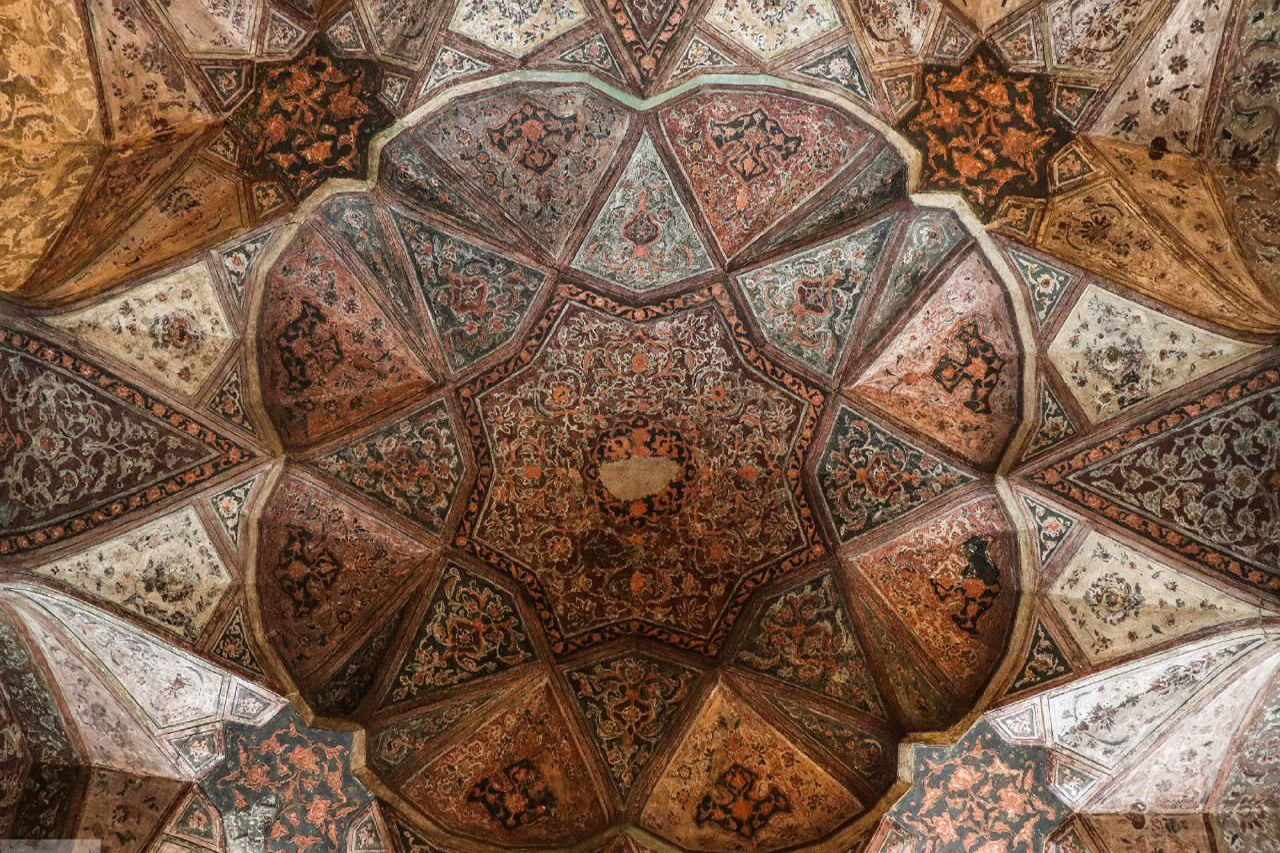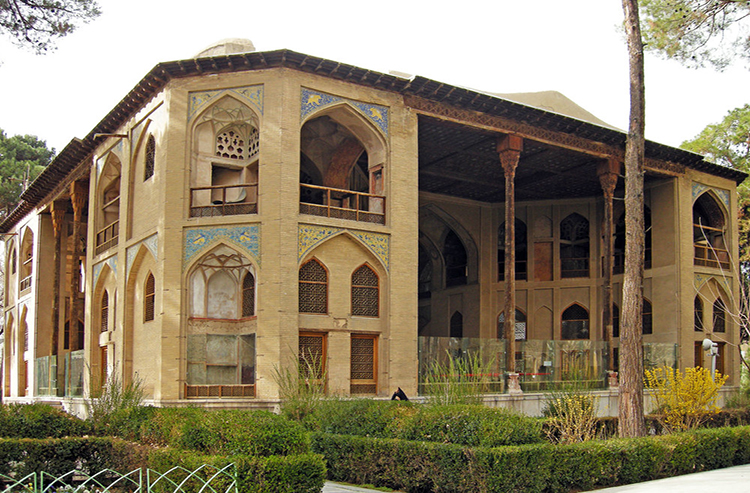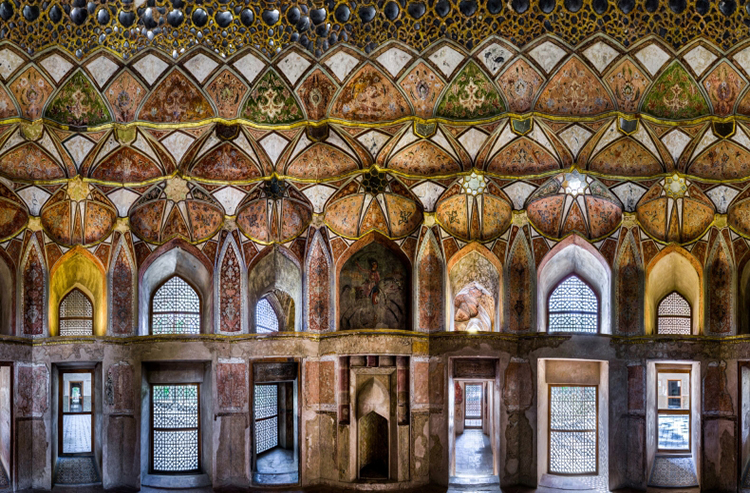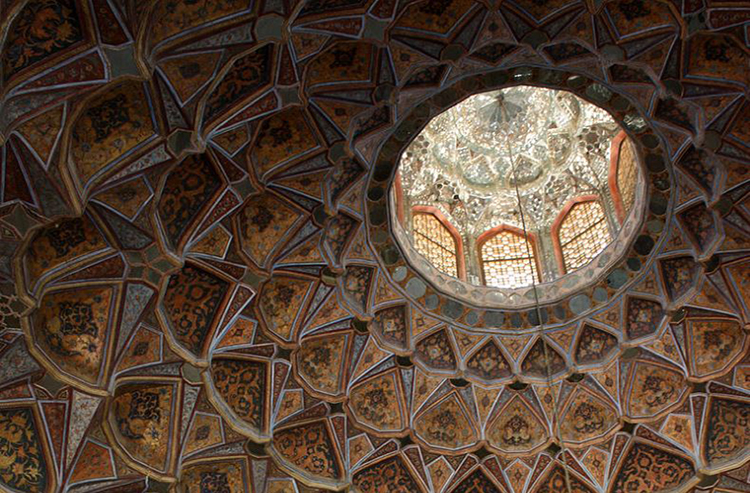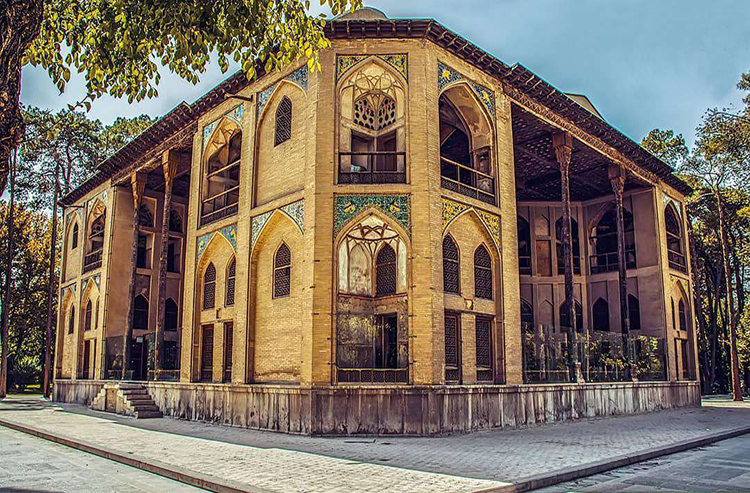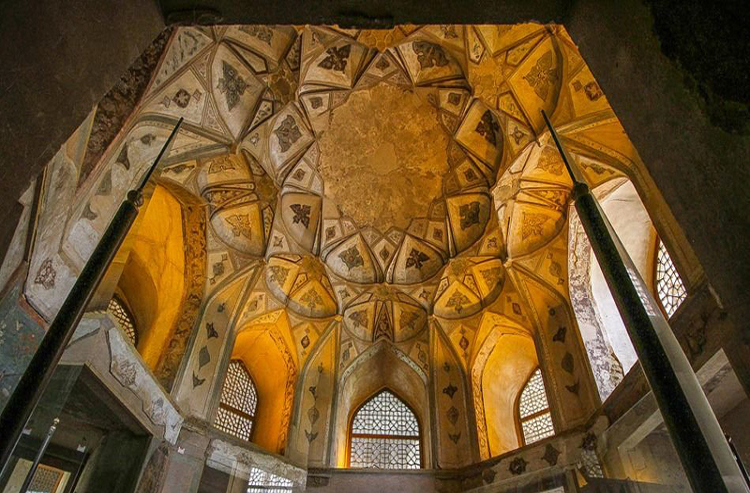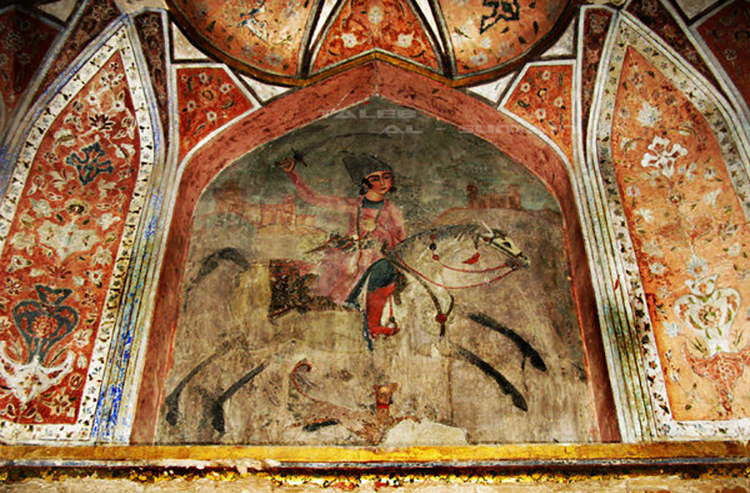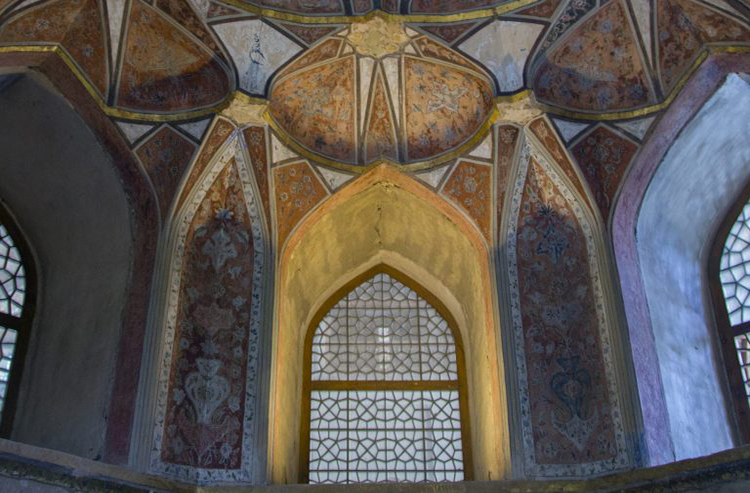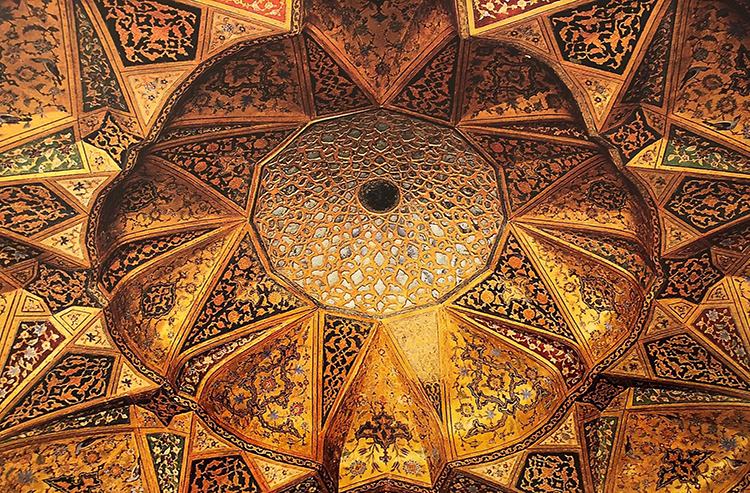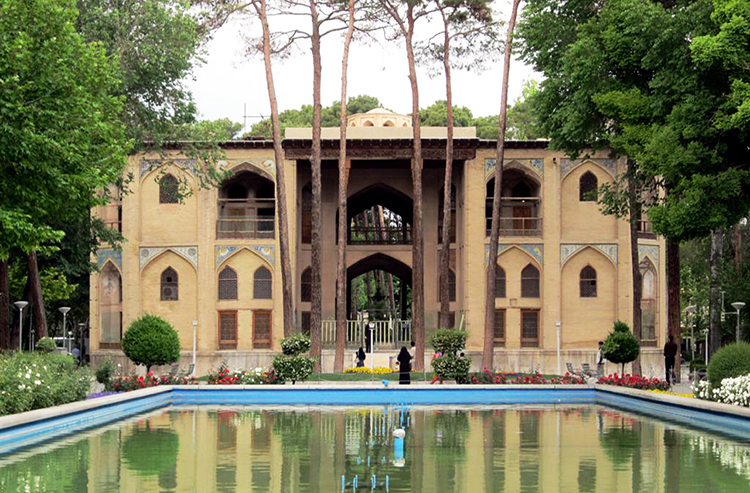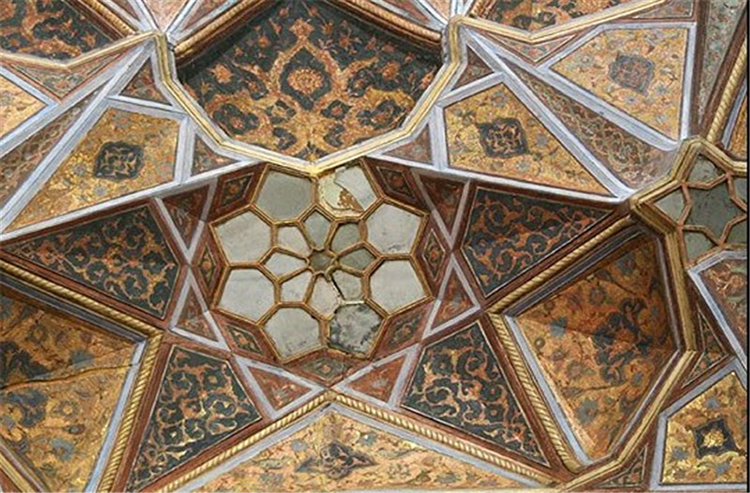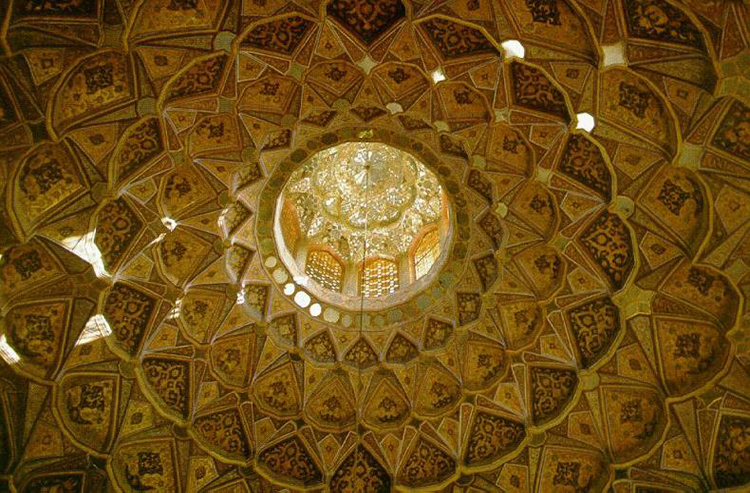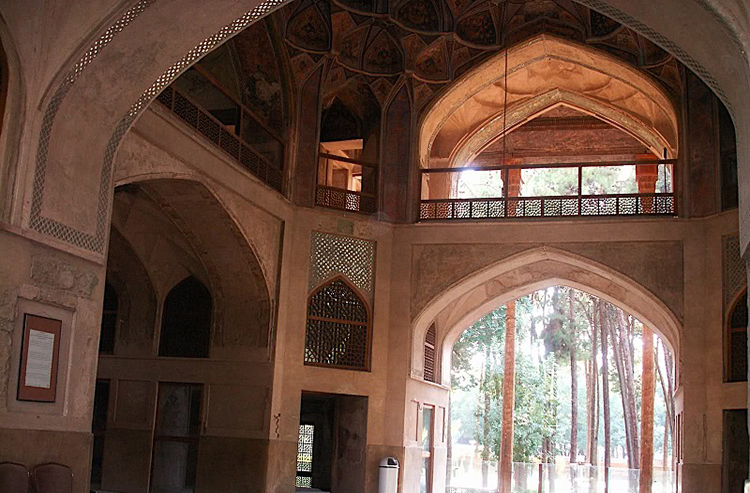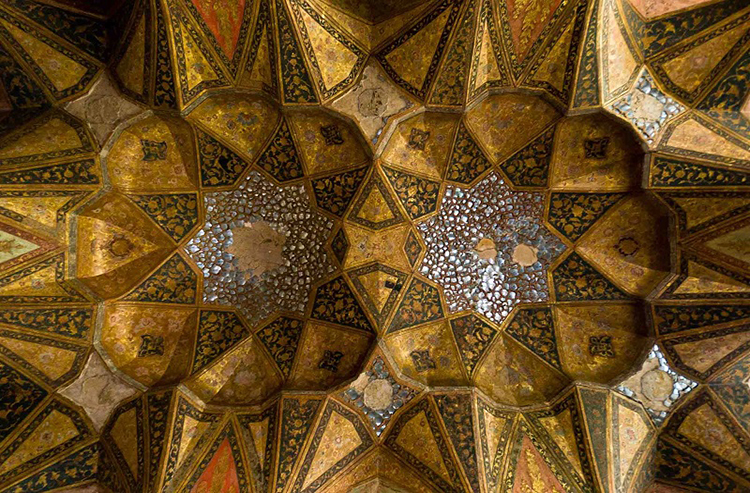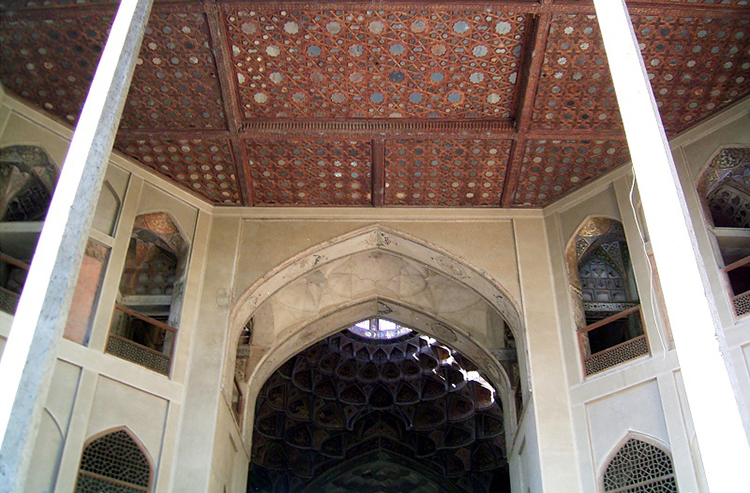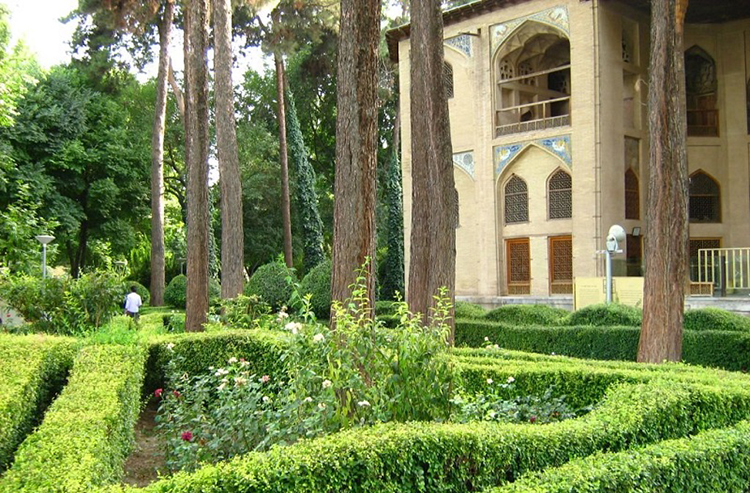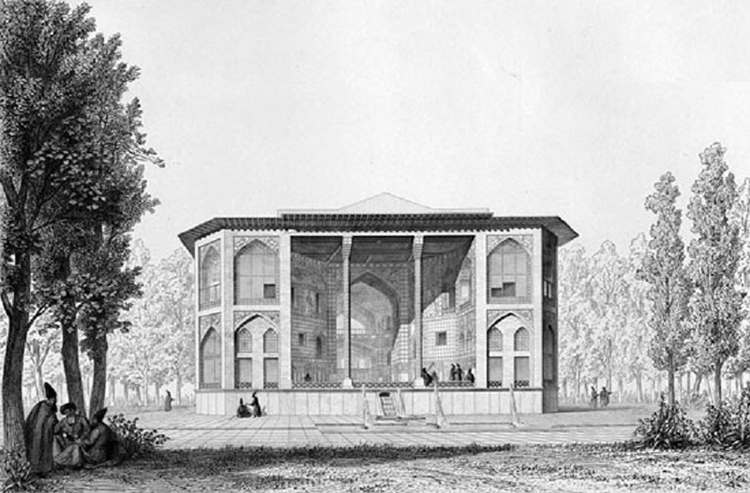Hasht Behesht palace
The Hasht Behesht palace is a historical palace in the city of Isfahan, which was built during the Safavid era and in 1080 Lunar. The building was built in two floors in a large garden. Hasht Behesht palace has been the most beautiful Iran tourism palaces of the world in ancient times.
The large garden where the mansion is located is part of the great garden of the world that was built by Shah Isma'il I and was divided into several parts during his successors, especially Shah Abbas I.
Location of Hasht Behesht Palace
One of the two gardens in Chahar Bagh Street (the Four Gardens) is Hasht Behesht Palace and its garden. This spectacular historical structure is located in the western part of Chahar Bagh Street and across from Sheykh Bahaei Street. Reaching here by public transportation is possible by bus. Municipal Bus Station is the closest station to this palace. Other attractions near Hasht Behesht Palace are Naghsh-e Jahan Square, Chehel Sotoun Palace, Sheikh Lotfollah Mosque, Ali Qapu, Qeysarieh Gate (The Grand Bazaar), and Imam Mosque. Consequently, you can consider these sites to visit afterward.
History of Hasht Behesht Palace
Isfahan owes a great deal to Safavid Era and its kings. Shah Abbas, the first king of Safavid Empire, selected Isfahan as the capital city. One of his decisions to make Isfahan a competent city for his empire was to build up a long street, Chahar Bagh Street (the four gardens), and develop some gardens in it. Sad to say, none of these gardens have remained excluding Chehel Sotoun Garden and Hasht Behesht Garden. The beauty of the garden is not fully left for us to explore however the palace is still a lively monument. The word Hasht Behesht used to mean “The Entrance to Heaven” in the Persian language. Hasht Behesht Palace was built in 1669 and for a long time was called “the most beautiful palace in the world.” In 1964, the garden was conceded to Culture and Art Ministry of Iran.
Structure of Hasht Behesht Palace
The magnificent tiling of Hasht Behesht Palace includes different kinds of birds, reptiles, and predators paintings on. This mansion has four different façades that despite their similarities are all unique. It may seem that the northern front view is the main façade but the pool in the garden suggests that the main façade is the eastern one. The two-storey palace is built 2 meters above the ground level. The walls of the first floor contain paintings and fascia architecture. The second floor exhibits some rooms, windows, and doors with cachet design. In the middle of the hall, there is a marble pool called “The Pearl Pool”. The design of the pool is in such way that the water seeps through its holes like pearl. This palace was a house to the eight wives of Shah Abbas. Four of them used to live on the first floor and the four others on the second floor. The artistic and glorious decorative design of the building has made the travelers speechless through all these years.
Architectur of Hasht Behesht palace
The mansion of Hasht Behesht Isfahan Palace is 30 meters long and 27 meters wide. To enter this palace, you must enter the stairs connected to the east and west views. After you arrive there is a very high Porch with 2 wooden columns.
All of the mansion's erection is on a substructure, which is basically a substructure and consists of extremely beautiful marble, and it is almost the same for the most beautiful part of this mansion. The entire building is located on a sub-basement, which is basically a substructure and consists of extremely beautiful marble.
The central part of the palace is constructed in four phases and its porch is facing the north. The roof overlooking this four-story building is covered with glamorous gypsum mantles that in Persian they call it Moqarnas. The first floor rooms in the four corners of the mansion decorate with painting.
On the second floor, the mansion also adds a number of porches and rooms and vaults and windows to its beauty. This floor is divided into corridors and chambers, each with a special decoration. There are fountain and Wall heater in some part of this rooms. Walls have also been covered with many mirrors. you can use Iran tour for more information and attractions.
What is important in this mansion is a relationship that has emerged between different spaces and parts. The mansion, while being diverse and multiplicity of space, has unity and integrity and beautiful decorations.
Interior decorations
The decorations of the mansion during the Safavid period were so magnificent and artistic that many travelers have been praised for its admiration. Unfortunately, today there are no traces of wood fences and crystal frames and crystal cup holders and elegant colorful glass since there have been many changes in the post-Safavid period, especially in the Qajar era. These changes are to such an extent that some travelers have taken it from the Qajar era.
At the end of the Qajar era, the mansion of Hasht Behesht became private property of individuals and was deprived of precious jewels of the Safavid period, as today there has been no effect on all the splendor inside the palace and the waters and streams of water. With all the beauty of Safavid, this building has remained.
